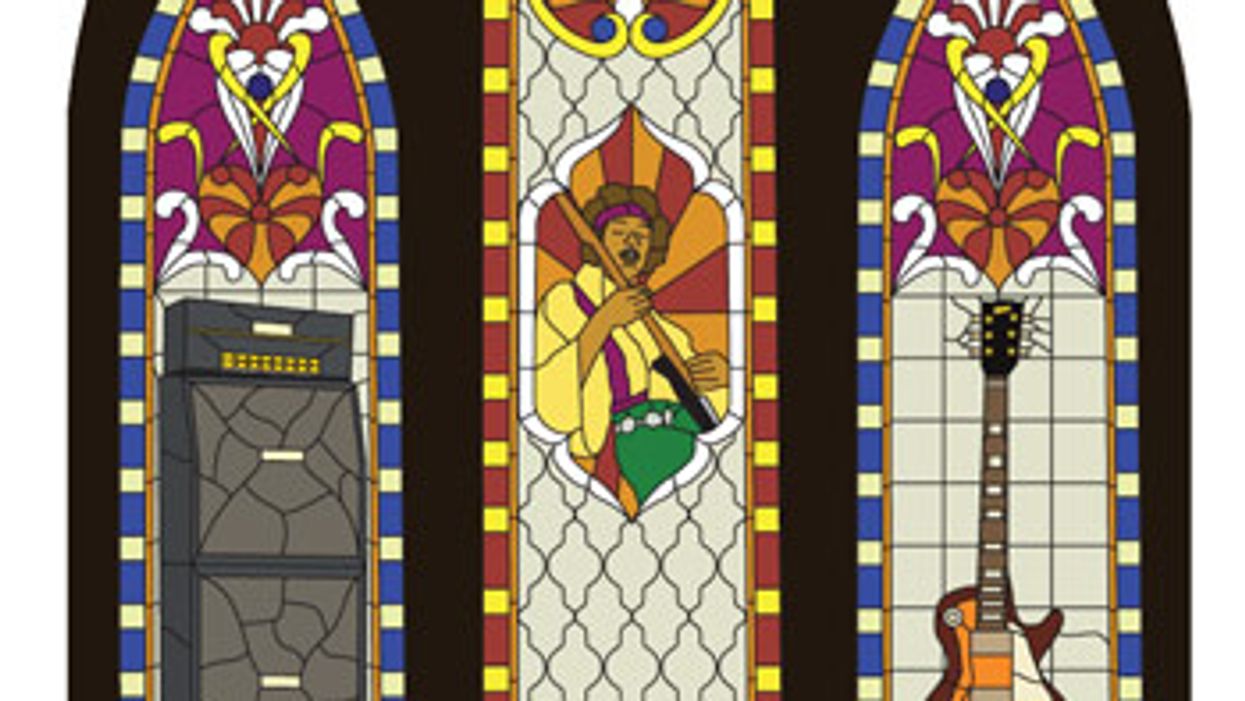Search
Latest Stories
Start your day right!
Get latest updates and insights delivered to your inbox.
longevity-close-minded-joe-coffey-cult-tone-concept-system-ritual-question-tonal-certain-yesteryear-backward-ignorant-danger-threat-instrument-relevan
Don’t Miss Out
Get the latest updates and insights delivered to your inbox.
Recent
load more
